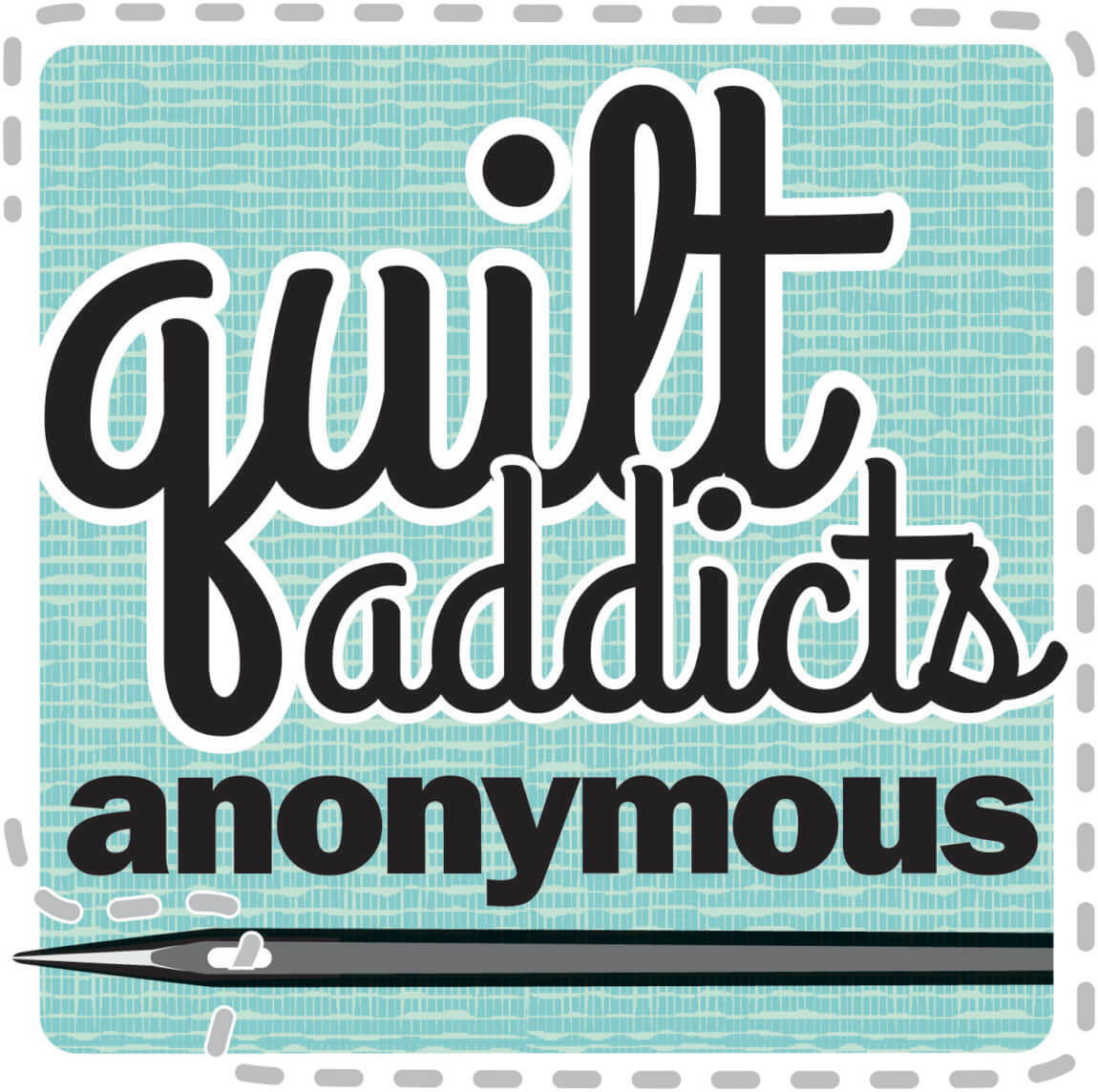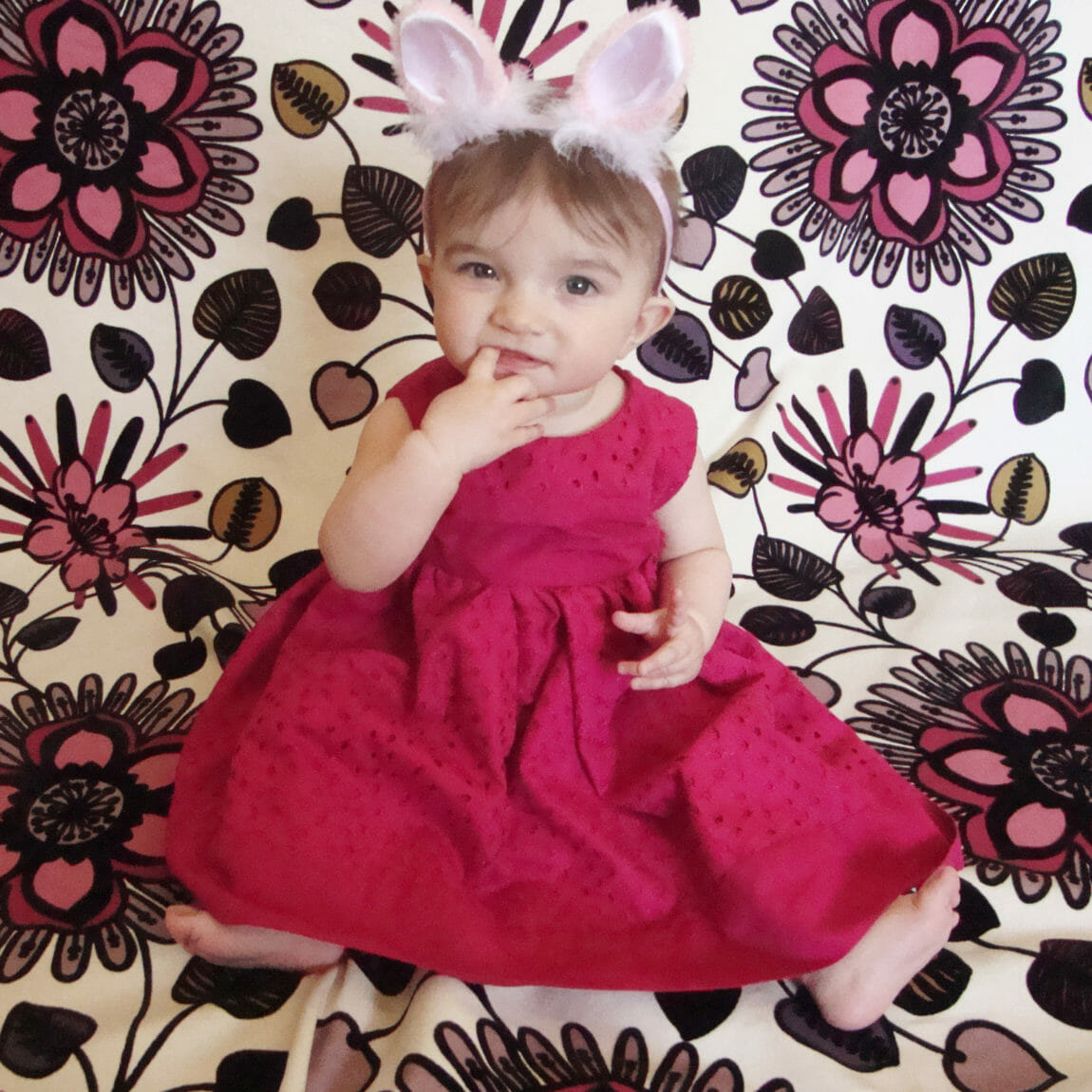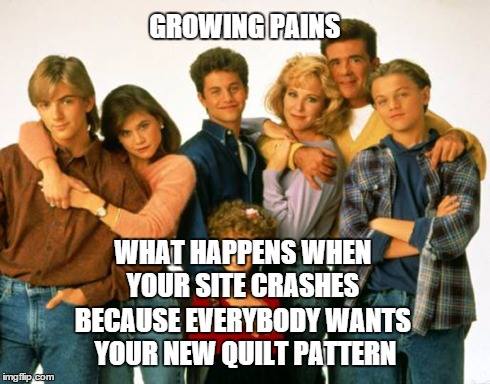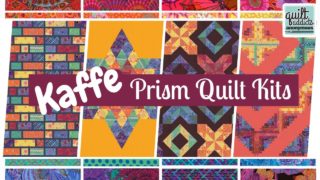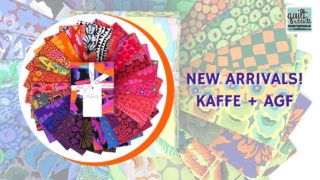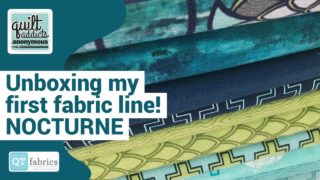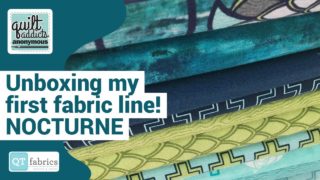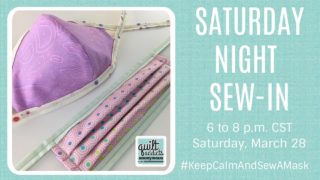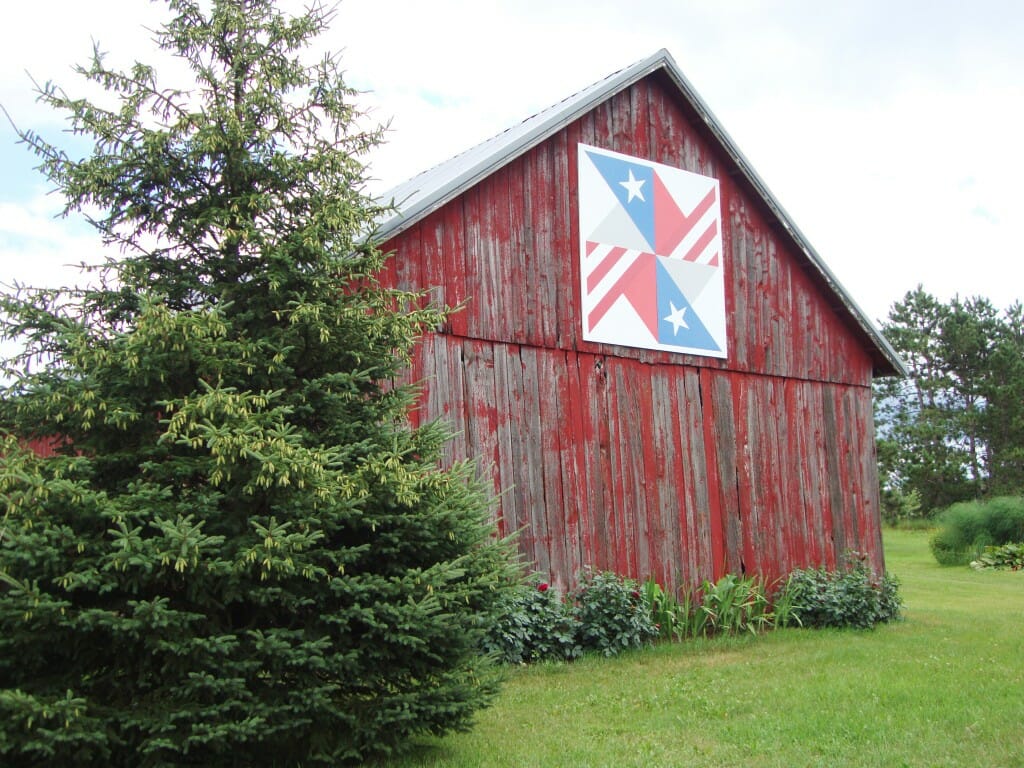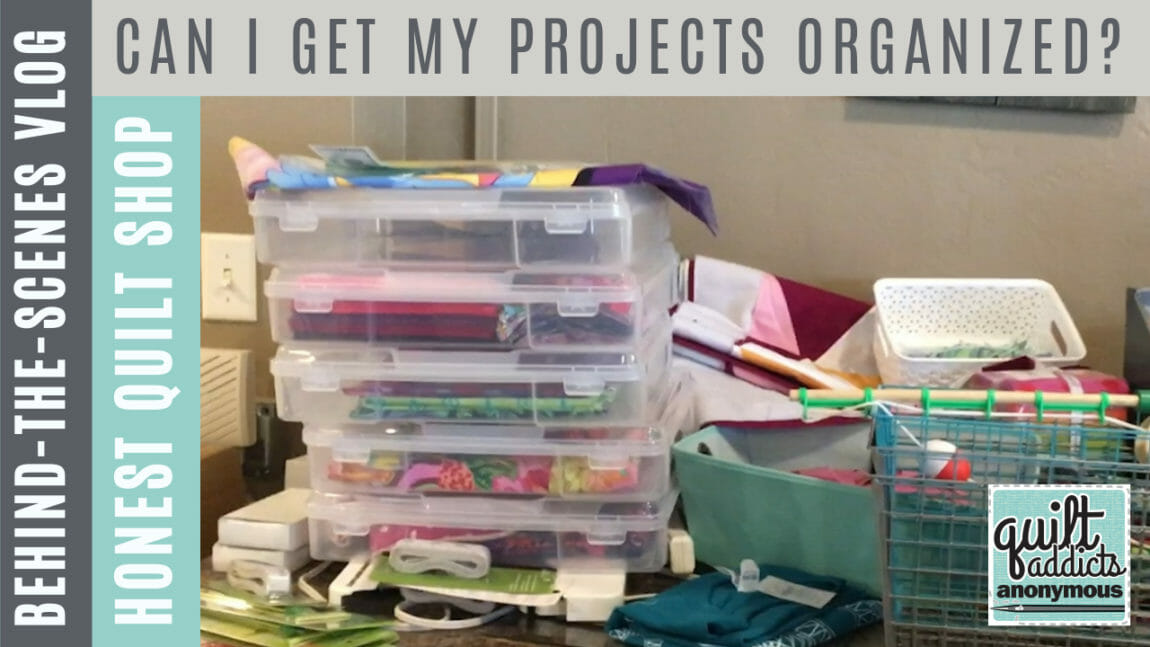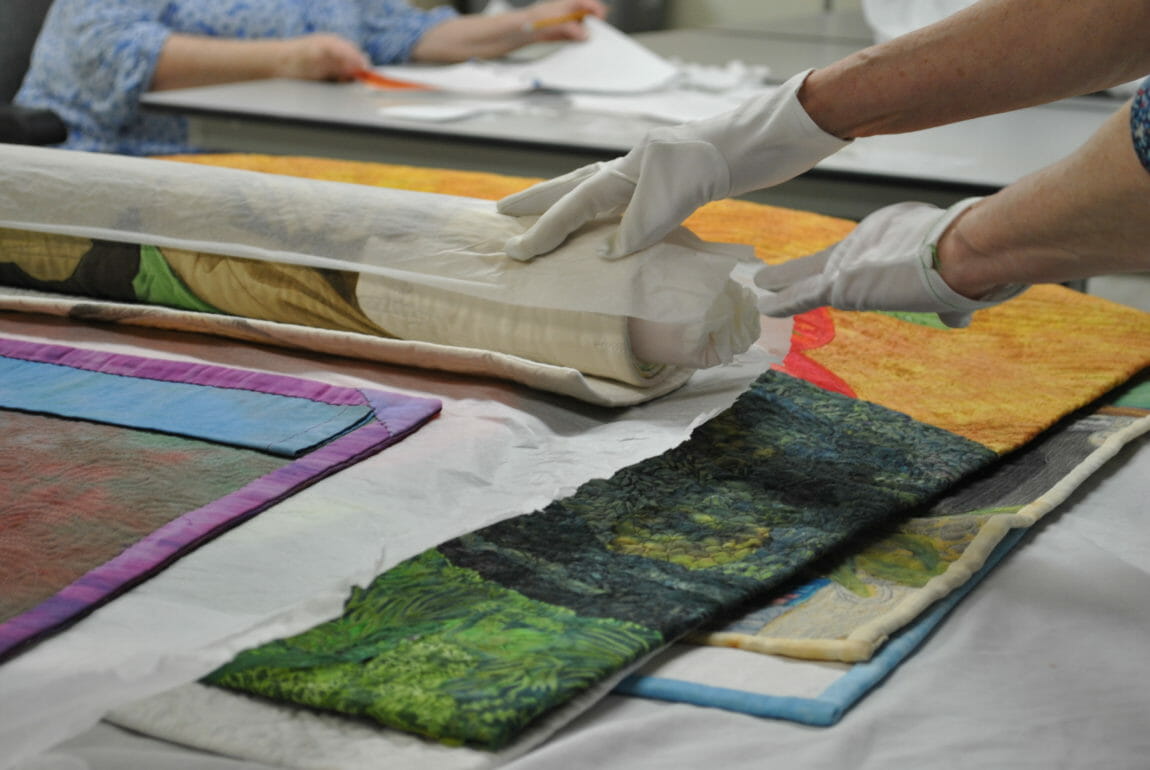
Behind the scenes: Unpacking a quilt exhibit
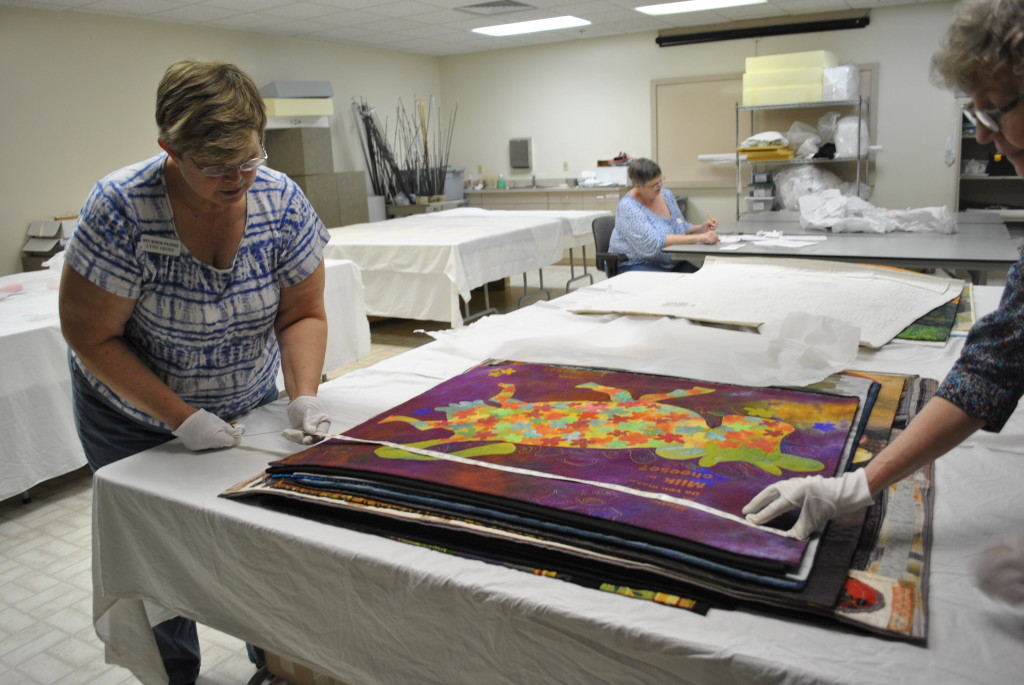
The 34 quilts that are part of the National Quilt Museum’s next exhibit, Food for Thought from SAQA, have finished their week of rest and rods are being inserted in preparation for their big debut on Friday, April 10.
It seems like a strange concept, allowing an inanimate object to rest. But laying the quilts out flat for about a week-and-a-half before a show begins is what removes wrinkles and fold lines in preparation for hanging.
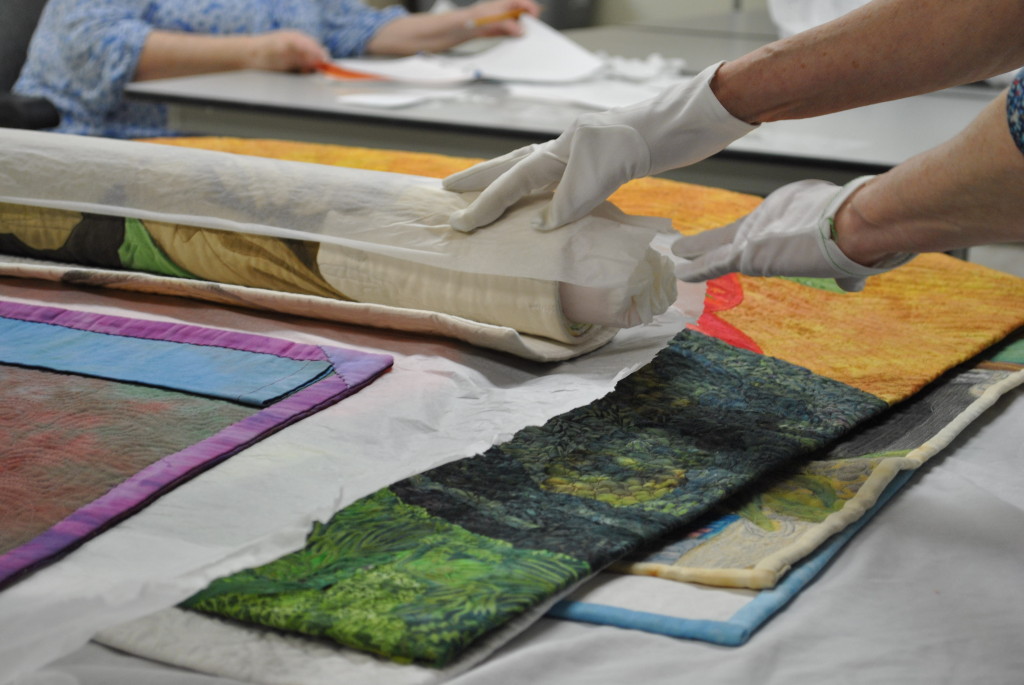
The quilts for the latest exhibit arrived from the Studio Art Quilt Association in a large trunk filled with quilts rolled up on tubes, with five to a roll. The entire case looked a bit like an over-sized rectangular tuba case said Judy Schwender, curator for the National Quilt Museum.
“I’m just excited about these,” Schwender said the week the trunk arrived, with all the anticipation of a child on Christmas Eve who just wants to open one present. “I’m chomping at the bit to get this done.”
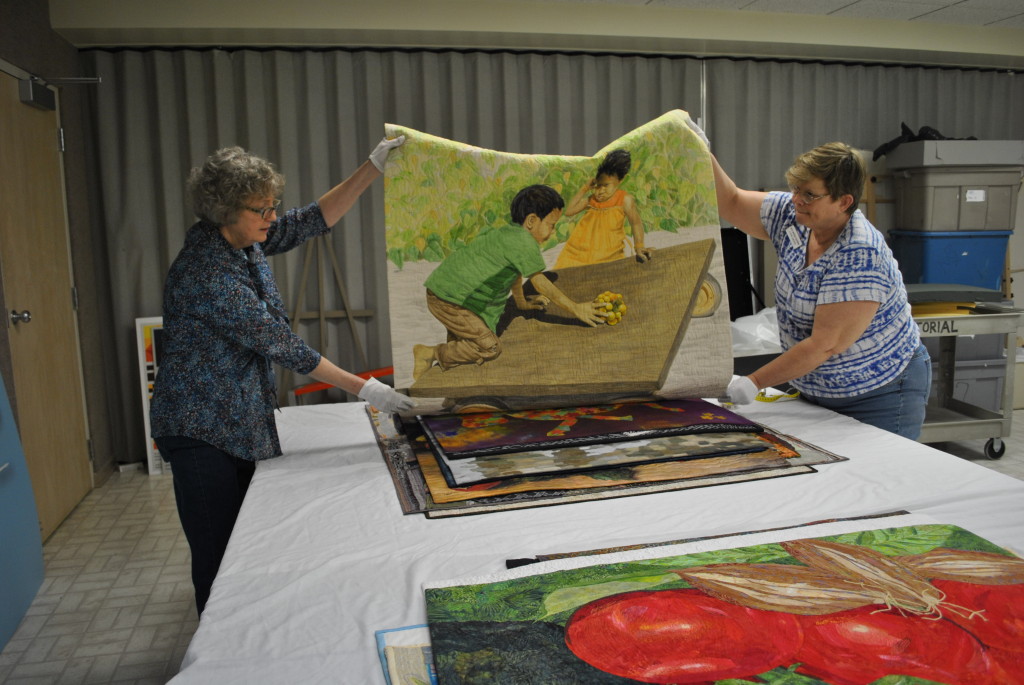
But Schwender waited to start unpacking until a group of loyal volunteers arrived from the Shawnee Quilters in Carbondale, Illinois. The group has been working with Schwender for four years and their unpacking procedure is practically a ritual. They start by donning white gloves to protect the quilts. Then they carefully unpack the quilts and begin preparing condition reports the detail each and every separated seam, loose thread and flaw. There are two volunteers to unpack the quilt and a third to act as a scribe, filling out the condition report
“They’re a Godsend and they’re fun,” Schwender said. “They’ve been trained really well, maybe indoctrinated is a better way of saying it. But I can trust them,” Schwender said.
The real magic happens tomorrow, the entire exhibit will go up in one day. The Shawnee Quilters will return in the morning and they will start hanging quilts. Some curators plan their exhibits using jpegs and CAD software, but Schwender prefers to do it on the fly.
“I let all that kind of swoosh around in my head,” Schwender said. “I have key quilts that are at the front of the exhibit and the corners, so I have that in mind. Then you have to go with what quilts go well together.”
A critical part of the process is breaking for lunch at Kirchhoff’s, a bakery and deli in Paducah, Kentucky, and the place to eat when hanging a quilt exhibit.
“We get away from it, then we look around and say, ‘Oh, this isn’t doing it. How can we make it better?’ ” Schwender said, adding that over time the Shawnee Quilters have gotten very good at making suggestions to help improve the look of the exhibit. “They’re just really good at looking at them.”
Once all the quilt locations are finalized the last steps are to verticalize the quilts and set the lights. Verticalize is the process of hanging each quilt so the vertical center of each quilt is 63 inches off the ground.
“That is when the entire exhibit starts to look like an exhibit,” Schwender said. “Once we vertialize everything, it is like you’re trying on bridal gowns in flip flops and then you put on heels earrings and the flowers. Then it’s right.”
Most museums take several days to take down one exhibit and put up a new one. But at The National Quilt Museum, the entire process will be completed in a day-and-a-half to minimize the amount of time the gallery is closed.
“When people come in, they don’t want any galleries to be closed,” Schwender said. “That is just the expectation that is out there.”
Food for Thought by SAQA opens at The National Quilt Museum on Friday, April 10. Click here for more information about the exhibit.
